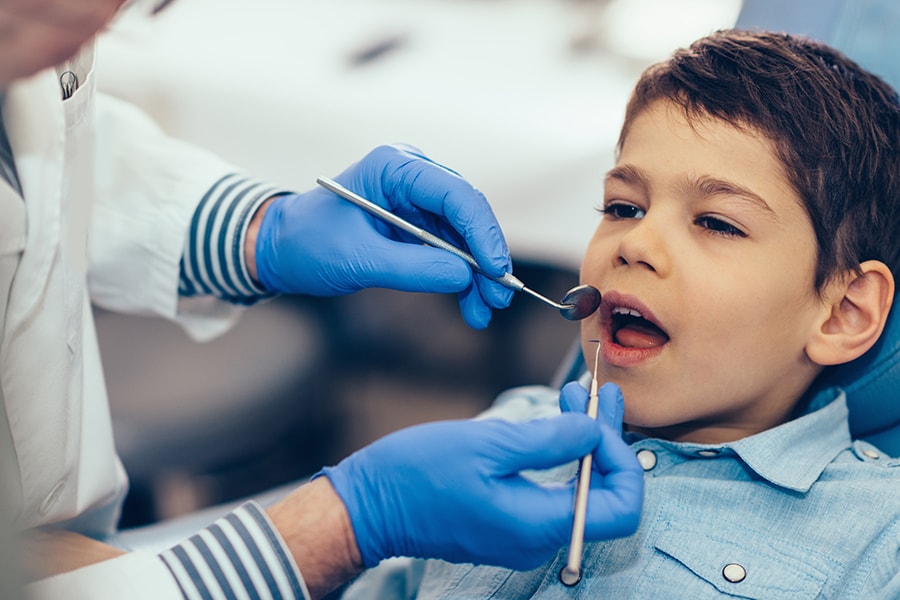In the course of the history of medical science, there have been a few, albeit rare, cases where an answer to one issue has led to another and such is the case of Suboxone.
Suboxone is a medication used in the treatment of opioid addiction. It uses buprenorphine and naloxone as active ingredients to help individuals overcome their dependence on opioids.
Buprenorphine is a partial opioid agonist, which means it activates the same receptors in the brain as opioids but with less intensity, reducing withdrawal symptoms and cravings.
Naloxone, on the other hand, is an opioid antagonist that blocks the effects of opioids, discouraging misuse of Suboxone. This combination medication is typically administered as a sublingual film or tablet, allowing for convenient and discreet use.
However, this medication has been associated with potential dental complications. One of the main concerns is the side effect of xerostomia, or dry mouth, which can occur as a result of taking Suboxone.
Additionally, individuals who experience dry mouth may also be more prone to developing oral ulcers and experiencing discomfort while wearing dental appliances, such as dentures or orthodontic braces.
This article talks about the adverse effects of suboxone on dental health and how it has led to plaintiffs filing lawsuits against its manufacturer, Indivior.
The Backstory of Suboxone and Its Rising Adverse Effects
Created by Reckitt Benckiser Group (RB Group), manufactured and distributed by Indivior, suboxone was approved in the early 2000s as a tablet to be administered under the tongue to treat OUD.
Since the approval of buprenorphine, the Food and Drug Administration has found 305 instances of dental issues caused by the medication dissolving in the mouth. Only FDA-reported cases are included in these.
Patients as young as 18 years old were also afflicted, with an average age of 42 years. Twenty-eight incidences of dental issues happened in people who were taking the medication to relieve pain; the majority of cases, however, involved patients using it for OUD.
Patients in 26 cases did not have a history of dental issues. In certain cases, dental issues were discovered as quickly as two weeks into treatment.
On average, it took two years from the commencement of treatment to receive a diagnosis. 113 out of the 305 instances indicated that two or more teeth were damaged.
Tooth extraction or removal was the most prevalent therapy for these dental issues, with 71 cases recorded. There have been other cases that required dental surgery, crowns, implants, and root canal therapy.
Suboxone Lawsuit
Drug producers are required by law to provide customers and healthcare professionals with a sufficient warning about any potential side effects of their goods.
Since the makers of Suboxone failed to issue a warning before 2022, people alleging oral problems have sued them numerous times.
Updates on the Suboxone Lawsuit
According to Drugwatch, the Plaintiffs’ counsel suggested on November 14, 2023, that the U.S. District Court for the Northern District of Ohio should handle all Suboxone litigation. On December 6, Indivior expressed its backing.
To examine combining all Suboxone litigation filed in federal court, the Joint Panel on Multidistrict Litigation convened in January 2024. Resolving the lawsuits could be done more quickly under a combined multidistrict litigation (MDL).
As per the latest updates by TorHoerman Law, as part of the wider Multidistrict Litigation (MDL) No. 3092, the United States District Court for the Northern District of Ohio has simplified the process for filing complaints connected to dental damage from Suboxone film by permitting plaintiffs to submit their cases directly in this court.
Settlement Amounts for the Lawsuit
The Suboxone tooth decay lawsuit has not yet been settled. Despite this, lawyers predict that, depending on the specifics of each case, average compensation might vary from $10,000 to over $150,000.
Frequently Asked Questions (FAQs)
Can Suboxone interact with dental procedures or anesthetics?
Suboxone can interact with certain medications and anesthetics used in dental procedures. It is crucial to inform your dentist about your Suboxone use to ensure proper planning and management during any dental treatments.
How can I manage dry mouth while taking Suboxone?
To manage dry mouth, it is important to stay hydrated by drinking plenty of water. Chewing sugar-free gum or using artificial saliva products may also help stimulate saliva flow. Good oral hygiene practices, such as brushing with fluoride toothpaste and regular dental check-ups, are essential in minimizing dental complications.
Guardians of Rescue: Animal Cruelty Doesn’t Take a Holiday Break(Opens in a new browser tab)
Can dental injuries lead to infections?
Yes, dental injuries can increase the risk of infection. If there is an open wound or exposed pulp, bacteria can enter and cause infections. It’s crucial to seek dental attention promptly to prevent complications.
If you were prescribed Suboxone and subsequently developed serious dental problems, you may be eligible to file a lawsuit. New cases are being accepted and the litigation is still pending.
Thus, assume responsibility for your own and your loved ones’ wellbeing, and seek legal counsel if necessary if you’ve run into any problems.
